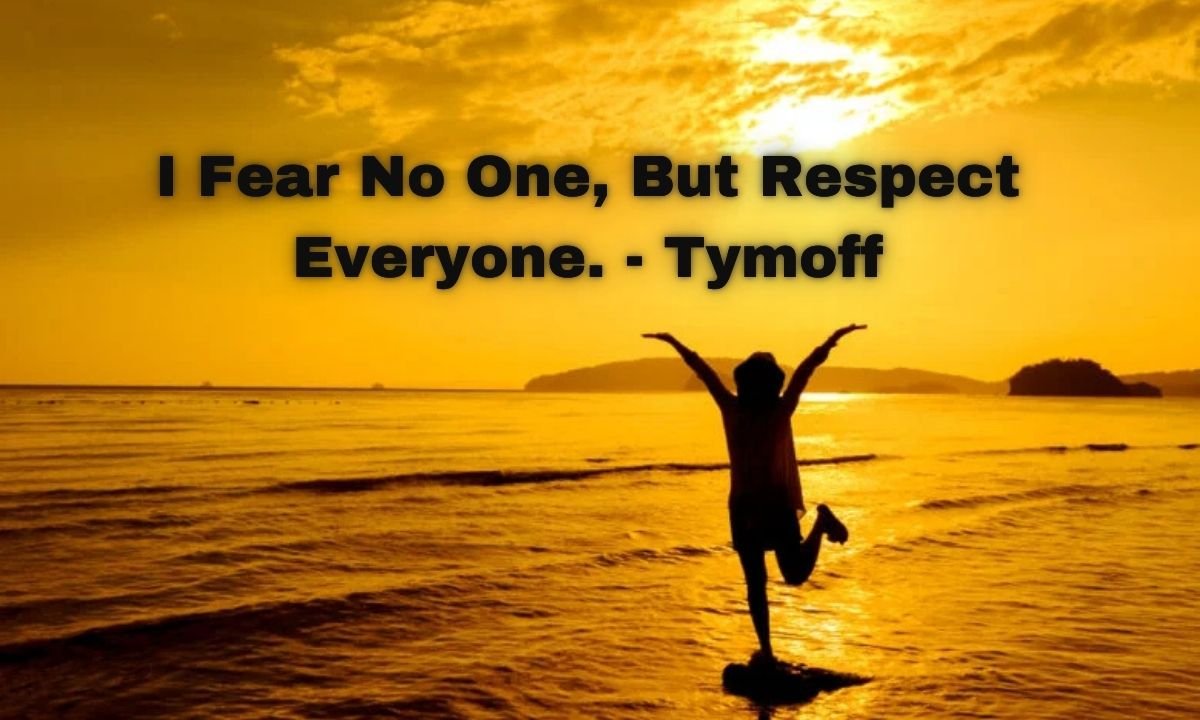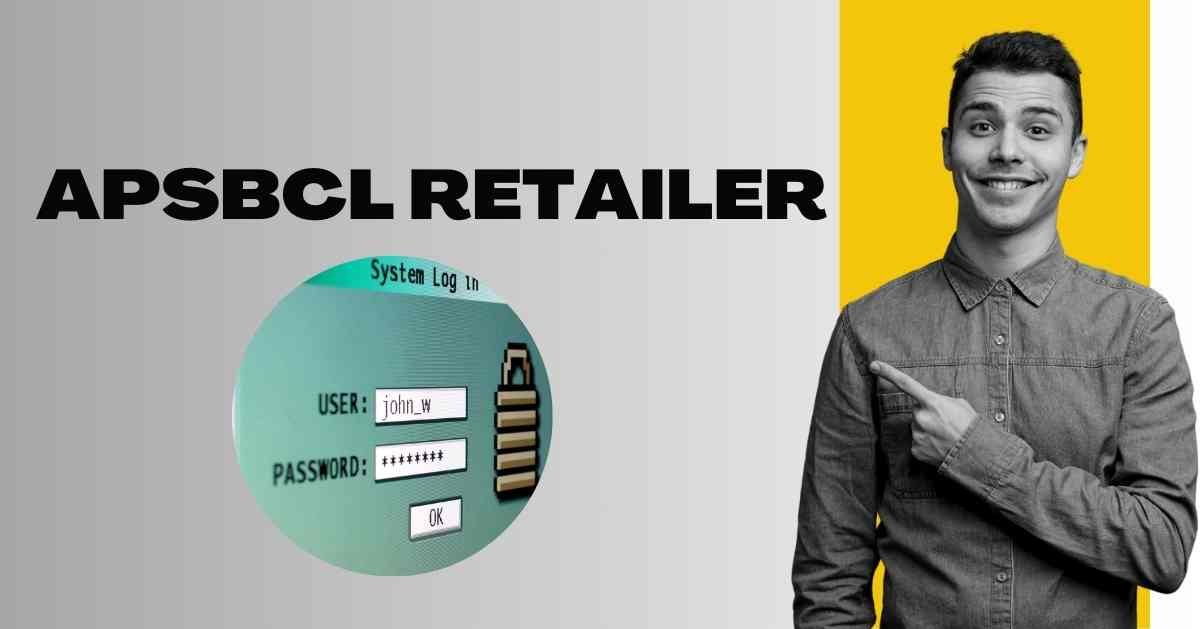Introduction
In today’s business world, where emotional intelligence and bold leadership are paramount, the quote “I fear no one, but respect everyone” by Tymoff resonates louder than ever. This simple yet powerful statement embodies a mindset that merges unshakable confidence with deep-rooted humility—an essential balance in modern leadership and personal development.
More than just a motivational phrase, this quote has become a code for professionals, entrepreneurs, and thought leaders striving to lead with power, authenticity, and grace. In this article, we’ll break down its deeper meaning, explore key insights, answer common questions, and offer actionable ways to apply this mindset to business and life.
The True Meaning Behind the Quote
Strength Without Intimidation
When Tymoff says “I fear no one,” it’s not about recklessness or arrogance. It’s about fearlessness rooted in self-worth. In business, fear often limits bold decisions, inhibits communication, and weakens leadership presence. Overcoming that fear means:
-
Making decisive calls without second-guessing
-
Speaking truth in tough rooms
-
Standing up for what’s right—regardless of status
Respect Without Weakness
The second part, “but respect everyone,” highlights emotional intelligence—a quality LinkedIn ranked as one of the top five in-demand soft skills. Respecting everyone means:
-
Valuing every voice in the room
-
Creating psychological safety
-
Maintaining professionalism in high-pressure situations
Together, this mindset creates a balanced power—you’re fearless, yet approachable. Confident, but grounded.
Why This Mindset Is a Business Advantage
1. Fearless Leaders Make Bold Decisions
A 2024 McKinsey report revealed that CEOs who take bold risks early in their tenure increase their odds of outperforming competitors by 2.5 times. Fear paralyzes. Confidence—especially when not rooted in ego—is a performance multiplier.
2. Respect Improves Workplace Culture
Gallup’s data shows that employees who feel respected are 63% more engaged. In contrast, disrespectful environments see higher turnover and lower morale. Leaders who apply Tymoff’s philosophy foster trust, inclusion, and innovation.
3. Balancing the Two Builds Influence
True influence isn’t built by instilling fear—it’s earned through consistency, clarity, and compassion. This quote aligns with servant leadership principles: Lead by example, but never fear competition or status.
Frequently Asked Questions (FAQs)
Q1: Isn’t it contradictory to fear no one but still respect everyone?
Not at all. Fearlessness is about self-trust; respect is about valuing others. The two are complementary, not conflicting. The best leaders have both: internal certainty and external humility.
Q2: Can this mindset backfire in the workplace?
Only if misapplied. Fearlessness without respect leads to arrogance. Respect without confidence can signal weakness. Tymoff’s quote works when both sides are balanced—showing strength while uplifting others.
Q3: How do I start applying this mindset today?
Start small:
-
Speak up in your next meeting, even if your opinion differs.
-
Address every colleague with equal professionalism—interns and executives alike.
-
Practice active listening, especially when you disagree.
Q4: What’s the psychological benefit of this mindset?
Studies from the Journal of Applied Psychology show that leaders who are both assertive and empathetic are more likely to earn team loyalty and outperform their peers. Tymoff’s mindset supports resilience, clear decision-making, and deeper connections.
Real-Life Success Stories
Angela Duckworth – Author of “Grit”
Duckworth emphasizes perseverance and respect as keys to long-term success. Her research shows that people who stay calm under pressure but still value relationships perform better over time.
Indra Nooyi – Former CEO of PepsiCo
Known for her fearless innovation and personal touch, Nooyi respected everyone she worked with—famously writing letters to employees’ families—while leading one of the world’s biggest corporations.
Actionable Ways to Live This Mindset
1. Audit Your Fear Triggers
Notice what intimidates you: titles? criticism? unfamiliar situations? Write them down. Once you’re aware, you can actively challenge those fears.
2. Upgrade Your Respect Language
Use inclusive and appreciative language:
-
Replace “Yeah, but…” with “I see your point. Also…”
-
Say “Thank you for that insight” often
3. Lead by Listening
Listen more than you speak in meetings. Then respond with clarity and purpose. Respect is shown through attention and validation.
4. Hold Boundaries Firmly but Kindly
You can say “no” without being disrespectful. Learn assertive communication like:
-
“I’m currently focused on another project, but I appreciate you thinking of me.”
5. Model It Publicly
Give praise publicly. Take responsibility privately. Show others you aren’t afraid of accountability and that everyone deserves dignity.
The Business Case for Tymoff’s Mindset
Why It Works:
-
Reduces team fear: Fearless leaders promote open dialogue
-
Boosts team respect: Respect fosters loyalty and psychological safety
-
Inspires confidence: Others will mirror your energy and trust
Statistics to Remember:
-
75% of employees say respectful treatment is the most important leadership trait (SHRM, 2023)
-
68% of executives believe fear stifles innovation (Harvard Business Review)
-
Teams led by empathetic leaders perform 48% better (Forbes Leadership Council)
Conclusion
The quote “I fear no one, but respect everyone” by Tymoff isn’t just a philosophy—it’s a business strategy. It calls for strength without ego and empathy without insecurity. It teaches you to lead from a place of courage while treating others with consistent respect.
In 2025 and beyond, this mindset will set apart the true leaders—those who rise not by stepping on others, but by lifting them while standing firm in their values.
Adopt this mindset. Apply it in your workplace, team, and personal interactions. Your leadership, brand, and results will never be the same.




